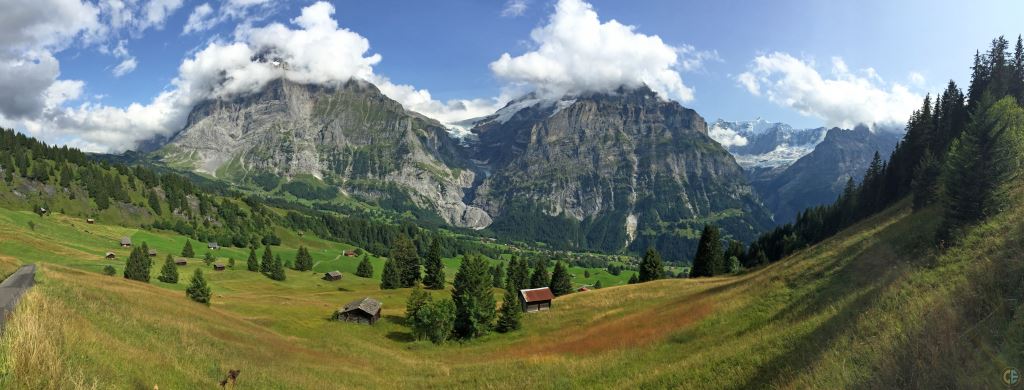Located in eastern Switzerland, Swiss National Park is noted as being the country's only national park. It is also part of UNESCO's Biosphere Reserve, an initiative aimed at preserving natural resources and ecosystem conservation. The park spans over 172 square kilometers and is filled with ice-capped mountainscapes, lush hills, and winding trails. The walking trails are the only route for Swiss National Park's visitors to see all of its natural beauty, animals, plants, and rock formations.

Some of the most notable mountains in Swiss National Park are the eastern half of Piz Pisoc, the northern sides of Piz da l'Acqua and Piz Chaschauna, and Piz Quattervals, the park's highest accessible mountain peak. The mountains and rocky hills of the area reveal many natural formations, rich geological history, and types of rock including amphibolite, Verrucano, dolomite, a mixture of dolomite and gypsum called cornieule, fossilized coralline limestone, radiolorite, ancient allgau limestone, and metamorphic rocks such as gneiss, which is granite that has been transformed by very high heat and pressure. Swiss National Park is also the site of hundreds of preserved, fossilized footprints from dinosaurs which were called Prosauropods.
The landscape, flora, and fauna of Swiss National Park are strictly protected, which has allowed many species to thrive and reside in the area. Forest habitats comprise one-third of the park and include pine forests such as the Pas dal Fuorn, upper alpine zones, and alpine mixed forests. Plants typically seen in the area include larch, spruce, mountain pine and cembra pine. Some of the flowers which add color to Swiss National Park's landscape are mountain avens, the alpine aster, pygmy buttercup, fairy thimble bellflower, and vanilla orchid. The animals which call these habitats their home are widely varied and include hundreds of mammals, birds, reptiles, and insects, including the lynx, wolf, grass frog, northern viper snake, brown bear, snow vole, marmot, ibex, nutcracker, and bearded vulture.